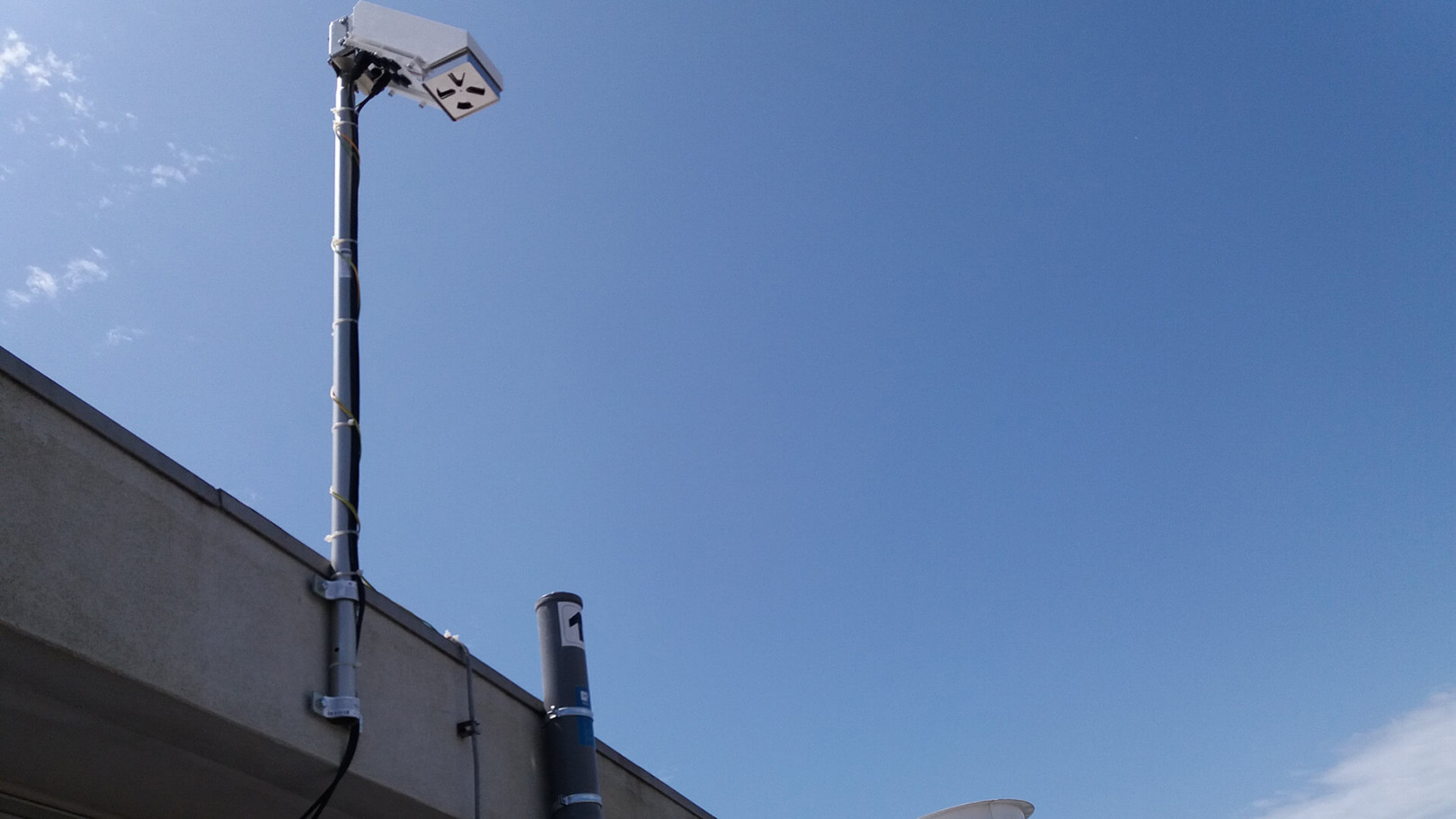Electrical discharges sensor set up in INESC TEC
An electrical discharges sensor of ENTLN (Earth Networks Total Lightning Network) network was set up during February at INESC TEC building, under a collaboration protocol between INESC TEC and US company Earth Networks, Inc.
03rd April 2018
ENTLN is the largest electrical discharges global network with more than 1200 installed sensors in over 40 countries. This network focus on state-of-the-art technology and sensors, which operate in an extensive frequency range (from 1Hz to 12 MHz), that allows to detect intracloud and cloud-to-ground electrical discharges efficiently and precisely. These data provide a more reliable extreme weather conditions’ forecast, such as heavy rain, hail, tornadoes, and downbursts.
INESC TEC’s atmospheric station is a unique platform, because not only has an electrical discharges sensor, but also has a meteorological station set by Earth Networks. Besides, it has a monitoring atmospheric electric field sensor, and radon and gamma radiation measurement sensor. This atmospheric station arises from the gamma radiation monitoring campaign’s achieved results since 2015 at Azores. Its goal is to study the link between weather conditions and environmental levels of radioactivity.
The current station, which is set up at INESC TEC’s main building, enables to monitor the atmospheric electricity in a more comprehensive way, providing important data to the study of environmental radioactivity, atmospheric ionization and electrical discharges. The collect data from Azores monitoring campaign and from meteorological station are available at the INESC TEC research data repository.
Susana Barbosa and Alexandre Costa of INESC TEC’s Centre for Information and Computer Graphics Systems (CSIG) rely on the cooperation of Manuel Silva from the Management Information Systems Service (SGI).
The researchers mentioned in this news piece are associated with INESC TEC.


